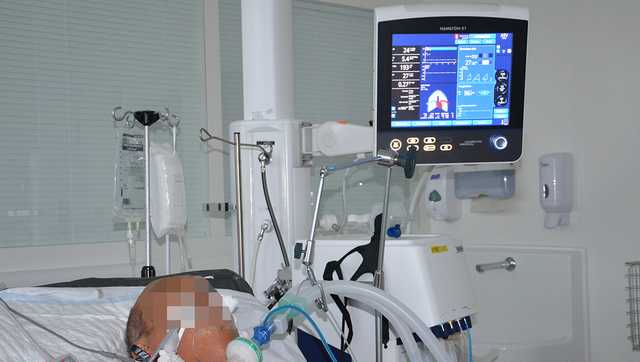
Autor: Kaouther Saihi, Caroline Brown
Datum: 06.07.2022

The coronavirus pandemic is proving to be a global disaster of unprecedented magnitude, not only in terms of health, but also from a social and economic point of view. Particularly in those countries most badly affected, caregivers are currently stretched to the limit. Two of the major challenges currently being faced are:
In China, an estimated 3,000 healthcare workers have been infected (
Our intelligent ventilation mode, INTELLiVENT-ASV (
INTELLiVENT-ASV acts as your personal assistant at the bedside, using physiologic data from the patient and clinician-set targets and limits to automatically and continuously regulate CO2 elimination and oxygenation for both passive and active patients.
Several clinical studies have proven both its safety and efficacy in treating mechanically ventilated patients with different conditions and levels of severity, from a normal lung to COPD, brain injury and ARDS (mild, moderate and severe). A recent study (

SARS-CoV-2, the causative agent of COVID-19, is a coronavirus severely affecting the respiratory system of a growing number of people. Although COVID-19 has been shown to meet the ARDS Berlin definition (
Type 1: Near normal pulmonary compliance with isolated viral pneumonia
Type 2: Decreased pulmonary compliance
INTELLiVENT-ASV selects VT according to three parameters:
For any given minute volume and dead space, the selected VT depends on the resistance and the compliance. If the resistance remains stable, a decrease in compliance will result in a lower VT and higher rate, whereas an increase in compliance will result in a higher VT and lower rate.
Type 1 corresponds with normal lung compliance:
Type 2 corresponds with low lung compliance (ARDS):
So with INTELLiVENT-ASV, you can select your patient's lung condition and your clinical targets and limits, define your weaning strategy, and then start lung-protective ventilation!
Follow the link below to see the range training materials and video tutorials on the use of INTELLiVENT-ASV.